Unleash the boundless potential of low-carbon steel with Flourish Legend Company, and experience the unique advantages of our processing capabilities. With our physical CNC machining factory equipped with state-of-the-art equipment, we guarantee efficient handling of various large-scale low-carbon steel component projects. Whether you require intricate structures or precision parts, our professional team will provide you with fast quotations, ensuring a perfect match for your needs.
We always ensure on-time delivery and strictly adhere to agreed-upon schedules. Irrespective of the project's size, we are committed to meeting your expectations with efficient workflows and professional project management.
Low-carbon steel, also known as mild steel, is a type of carbon steel with a carbon content below 0.25%. It is characterized by its low strength, low hardness, and ductility, hence the name "mild steel." It includes the most common carbon structural steels and some high-quality carbon structural steels. Low-carbon steel is often used for engineering structural components without undergoing heat treatment, while some are carburized and heat-treated for wear-resistant mechanical parts.
The annealed microstructure of low-carbon steel consists of ferrite and a small amount of pearlite, resulting in low strength and hardness, but good plasticity and toughness. Therefore, it exhibits excellent cold formability and can be processed through methods like edge rolling, bending, and stamping. It also possesses good weldability. Low-carbon steel generally refers to steels with a carbon content between 0.10% and 0.25%. Such steels have low hardness and good plasticity, making them suitable for cold plastic deformation processes, welding, and custom metal cutting. Low-carbon steel is widely used in various applications, including the manufacturing of metal sheets, wire, structural shapes, chains, rivets, bolts, and shafts. Its applications span industries such as construction, automotive, and manufacturing.
During precision CNC machining of steel components, various methods are often employed to improve the machinability of the steel or enhance its hardness or strength after processing. The following are three common steel processing techniques:
| Techniques | Description |
| Heat Treatment | Heat treatment involves altering the properties of steel by changing its temperature, including processes like annealing, normalizing, quenching, and tempering. |
| Annealing involves slowly heating the steel to a certain temperature, holding it at that temperature for a specific period, and then slowly cooling it to room temperature. Annealing can improve residual stresses to prevent deformation and cracking, soften the workpiece, improve machinability, enhance the mechanical properties of the workpiece, and prepare it for final treatments such as quenching and tempering. | |
| Normalizing involves heating the steel above the critical temperature by 30-50°C, holding it at that temperature for a suitable time, and then cooling it in air. The cooling rate is as follows: quenching > normalizing > annealing. Normalizing can increase the hardness and improve the machinability of low carbon steel and low carbon low alloy steel. When both normalizing and annealing are applicable to medium carbon steel, normalizing is more economical. Normalizing can also stabilize the structure of the steel. | |
| Quenching involves heating the steel above the critical temperature, holding it at that temperature for a certain time to fully or partially transform it into austenite, and then rapidly cooling it at a rate greater than the critical cooling rate to achieve martensitic (or bainitic) transformation. Quenching results in high hardness, but the martensitic structure formed after quenching is internally unbalanced, making it brittle with poor toughness and ductility. Without timely tempering, it can lead to distortion or even cracking. Quenched steel or parts are not delivered as finished products. | |
| Tempering involves reheating the quenched steel or parts to a specific temperature below the critical temperature, holding it at that temperature for a certain time, and then cooling it to room temperature. Tempering reduces the internal stress and brittleness of quenched parts, improves hardness, strength, plasticity, and toughness, and meets various performance requirements of different workpieces. The combination of quenching and tempering can achieve a result greater than the sum of their individual effects. | |
| Precipitation Hardening | Precipitation-hardening steels contain elements such as copper, aluminum, phosphorus, and titanium, which increase the strength of the steel while maintaining sufficient toughness. To activate the precipitation hardening properties, the steel is first subjected to solution treatment, followed by aging to generate precipitates and form differently-sized particles to increase material strength. 17-4PH (also known as 630 steel) is a common example of precipitation-hardening stainless steel. Due to its increased hardness, strength, and high corrosion resistance, 17-4 PH steel is used in applications such as deck platforms, turbine blades, and nuclear waste barrels. |
| Cold Working | In contrast to hot working, cold working refers to the process of plastically deforming the metal below its recrystallization temperature. Examples of cold working processes include cold drawing, cold forging, and cold extrusion. Cold working can improve the workability of steel, and cold-worked steel becomes stronger through the work-hardening process. |
Surface treatment is a post-processing step performed on metal components to enhance their functionality and aesthetics. However, different metals require different surface treatments. For steel components, the following surface treatments are commonly used:
| Treatment | Description |
| Powder Coating | Involves depositing dry powder on the surface of the steel component, creating a coating typically 0.15-0.3mm thick. It mainly enhances the corrosion resistance of the component. |
| Carburizing | Carburizing is applied to low-carbon steel or low-alloy steel. It involves heating the steel metal in the presence of carbon-containing materials such as carbon monoxide and charcoal. This process enhances the hardness and wear resistance of CNC steel components. |
| Nickel Plating | Involves electroplating a layer of nickel approximately 0.1mm thick on the surface of the steel component. It improves the corrosion resistance and wear resistance of the steel component. |
| Grinding | Involves removing burrs and irregularities from the surface of the steel component to achieve a smooth finish. This process requires the use of grinding wheels. |
In summary, steel is a widely used material offering numerous options in terms of properties and processing techniques. The choice of steel and its treatment depends on the specific requirements of the final product. Flourish Legend can provide CNC services for steel components you wish to create. If you have any related requirements, please contact us or visit our website for more information.
Low carbon steel refers to steel with a carbon content lower than 0.25%, where carbon is the primary alloying element. Due to its excellent machinability, it is widely used in the following industries
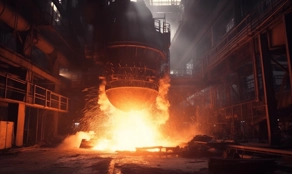
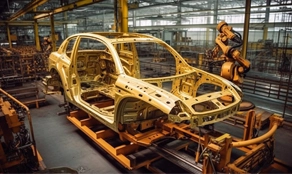
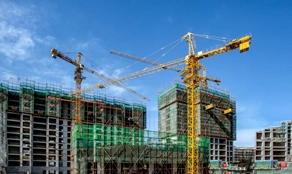
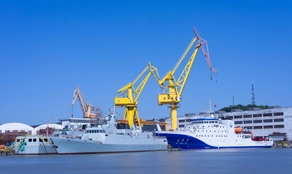
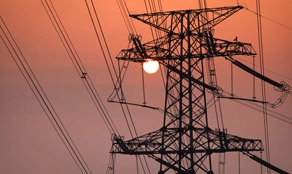
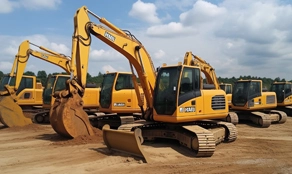
Unleash the boundless potential of low-carbon steel with Flourish Legend Company, and experience the unique advantages of our processing capabilities. With our physical CNC machining factory equipped with state-of-the-art equipment, we guarantee efficient handling of various large-scale low-carbon steel component projects. Whether you require intricate structures or precision parts, our professional team will provide you with fast quotations, ensuring a perfect match for your needs.
We always ensure on-time delivery and strictly adhere to agreed-upon schedules. Irrespective of the project's size, we are committed to meeting your expectations with efficient workflows and professional project management.
High Precision: CNC machining utilizes computer control systems for automated operations, allowing for highly precise machining processes. For materials like low carbon steel, CNC machining including CNC 5 axis machining provides extremely accurate dimensions and geometric shapes, ensuring the precision requirements of the parts are met.
High Efficiency: CNC machining is a highly efficient method of production. Once the machining program is created, it allows for quick replication and repetitive machining of identical parts, thereby improving production efficiency. Additionally, CNC machines can perform multiple machining steps simultaneously, further enhancing processing efficiency.
Automation and Accuracy: The CNC machining process is computer-controlled and offers a high level of automation. Operators only need to set up and monitor the process, reducing the impact of human factors and improving machining accuracy and consistency.
Complex Machining Capability: CNC machining is suitable for various complex geometries and structures. Low carbon steel can be precisely cut, etched, and drilled using CNC machines, enabling the machining of intricate parts and meeting high-demand design requirements.

ISO International Quality Management System
Equipped with ISO 9001 certificate, we are able to support your OEM/ODM production.
Quality Control
We will check color, appearnce and tolerance by qulity control at every step during manufacturing process.
Low & High Volume Manufacturing
Besides high-volume production, we can also provide good solutions for your low-volume production (MOQ》1) with prototyping process.
Competitive Price
Our continuous investments in equipment and QC systems help us to get higher efficiency and quality which decrease reject ratio and increase market competitiveness in delivery qualified parts on time.
Reliability and Stability
Our 24 hours | 3 shifts production systems help your parts get into markets quickly and steadily.